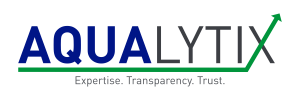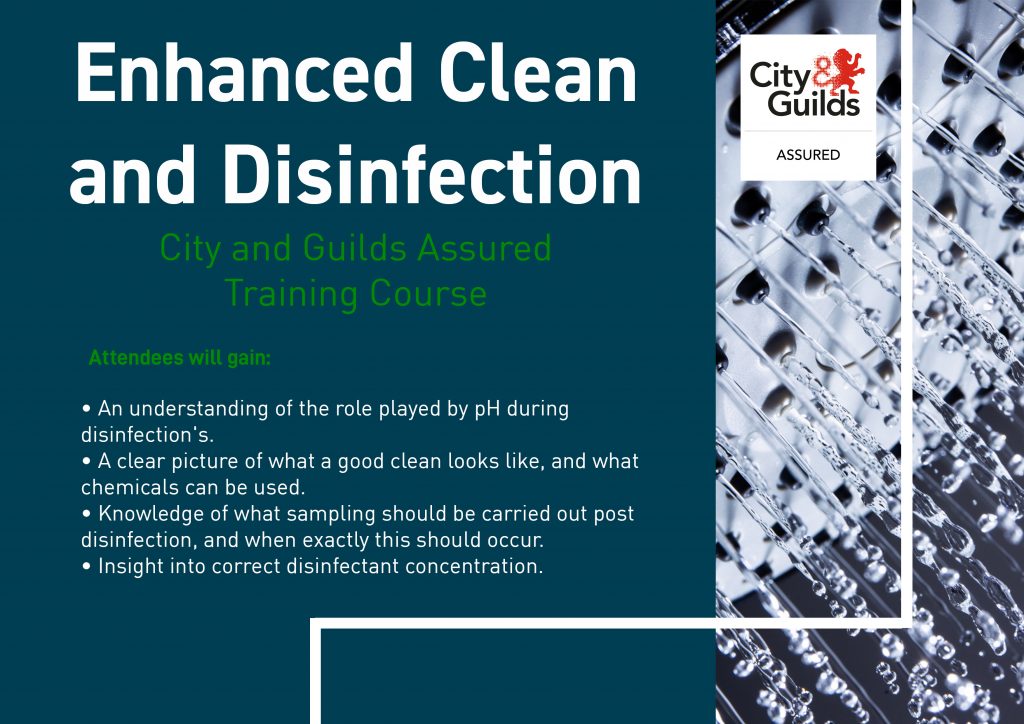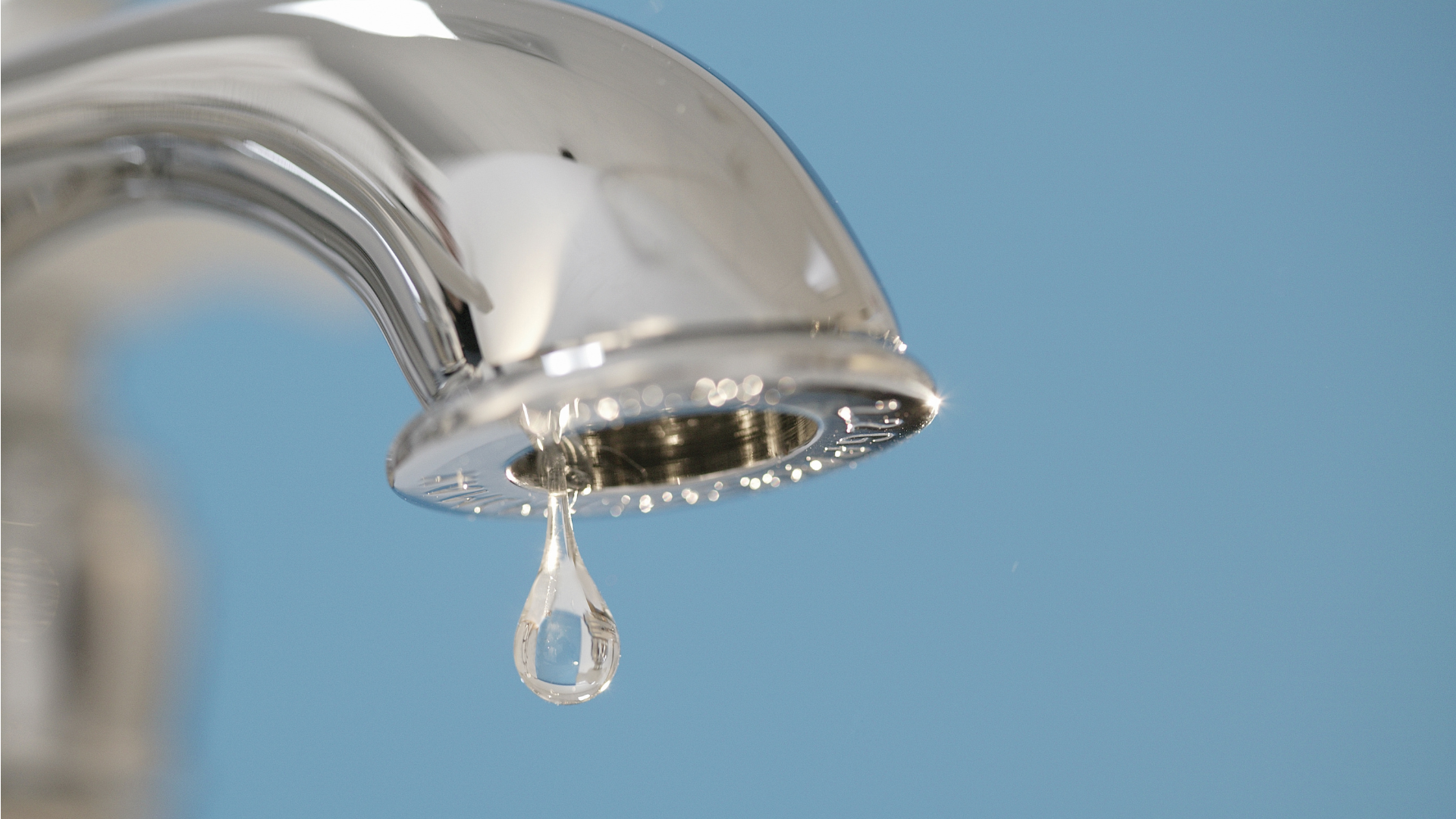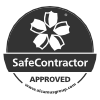Welcome back! In the final edition of our three-part series clean and disinfections for Legionella management, ‘what does a ‘good’ clean and disinfection look like’ we will take a detailed look at ‘post’ disinfection verification sampling and answer the question what is a ‘compliant’ clean and disinfection.
In this article we will:
- Discuss the importance of post-disinfection verification sampling.
- Explain the different types of sampling methods that can be used.
- Discuss when and where to take post clean and disinfection sampling.

Author
The article was written by Kris Rowland, our Head of Technical, Training and Compliance. Kris has more than 20 years of experience in the industry and is responsible for monitoring our clients’ compliance.
Sign up to our newsletter
Keep up to date with the world of water treatment

What is a clean and disinfection?
The cleaning and disinfection of hot and cold-water storage vessels and down services is a common remedial action in systems which show evidence of contamination or colonisation with Legionella bacteria. But, do you know what constitutes a ‘good’ clean and disinfection of a Hot and Cold-water system? Is it compliant with the appropriate standards? How and when should verification of the disinfection’s effectiveness be completed?
Take a look at the previous articles from this series.
This article is part of the Aqualytix Newsletter.
Read part 1: The Clean
Read part 2: The Disinfection
Post Disinfection Legionella Sampling
For many years we have seen examples of where post disinfection Legionella sampling has been done incorrectly, usually by taking the samples directly following the disinfection. Both HSG274 Part 2 and PD855468:2015 make similar points on how soon samples should be taken from a water system which has been recently disinfected using phrases such as the ‘Samples taken immediately after a disinfection process may give false negative results’ and ‘taken at a frequency which is representative of the time series to be demonstrated, e.g. taking into account the growth rate of the organism when designing the monitoring scheme to check for potential microbiological colonization’. To remove any remaining ambiguity HSG274 Part 2 goes further in stating clearly ‘To confirm effective disinfection, any required microbiological samples should be taken between two and seven days after the system is refilled’.
Guidance Documents
British Standards Institution – Project (bsigroup.com)
Post Clean Legionella Disinfection – When? Where? And How Often?
So now you know ‘when’ to take samples following a disinfection, but do you know ‘where from’ and ‘how many’?
Well, the answer to ‘where’ and ‘how many’ are directly determinable by the type, complexity and size of the water system. PD855468 speaks about the samples taken being ‘representative of all the distribution system’ and include storage vessels, so right away to be representative of a large and/or complex system, multiple samples should be taken to confirm the effectiveness of the disinfection throughout the water system. Consideration should also be given to the manner in which samples are collected, is there a case to take both ‘pre’ and ‘post’ flush samples which can be used to pinpoint colonisation or problem areas within the water system.
Experience teaches us that many ‘end users’ ask for a clean and disinfection which is compliant to HSG274 Part 2 or BS8558/PD855468 without understanding what is required to demonstrate this. As we have already discovered the guidance’s describe in detail the process of a Chlorine based clean and disinfection, in summary those being:-
- Removing contamination / loose debris from storage vessels without damaging the surfaces of the vessels.
- Adding Chorine until a concentration of 50mg/l has been achieved.
- Calculating the contact time of the disinfectant based on the pH of the system water.
- Pulling the disinfectant through to all parts of the target system.
- Checking ‘key assets’ for the required concentration of Chlorine prior to the start of the disinfection contact time.
- Ensuring disinfectant has been pulled through to all outlets in between the ‘key assets’ prior to the start of the disinfection contact time.
- Ensuring that the concentration of Chlorine has not decreased greater than 40% during the designated contact time of the disinfection.
- Calculating the correct volume of ‘neutraliser’ to be added to remove and residual disinfectant.
- Ensuring that the water in the system has been returned to a state of ‘mains quality’.
- Completing ‘post disinfection’ verification sampling 2 to 7 days following a disinfection.
- Ensuring sampling is fully representative of the water distribution system disinfected.
- Lastly ensuring that all these activities are well documented and demonstrable.
Make Sure You Invest In An Effective Clean And Disinfection Service To Ensure Your Water Systems Are Safe
If you are an ‘end user’ ask yourself ‘am I sure that the above points are demonstrable in the disinfections that I have completed on my site(s)?’ Hopefully you can honestly reply with an emphatic ‘yes’ however, if your answer is no then you may want to discuss the above points with your clean and disinfection service provider and identify any potential gaps.
When we consider that the routine rationale for performing a clean and disinfection is in response to contamination being identified in storage vessels and distribution pipework or Legionella colonisation being detected then ensuring that a sufficiently effective disinfection process has been completed becomes even more essential.
Look out for future articles on the clean and disinfection of other types of water systems including Evaporative Cooling Towers.
Aqualytix – Here to help!
Hopefully this article has helped you gain a better understanding of what is involved when conducting post disinfection verification sampling. If you have any additional questions, or would like to request a free quote for your facility, please do not hesitate to reach out to one of our professional sales team. Aqualytix is here to help!

Looking For Clean & Disinfection Training?
Our Head of Technical, Training and Compliance, Kris Rowland runs a training course specifically designed to Clean and disinfection for Legionella management. It focuses on the role pH plays during a disinfection and highlights what a good clean looks like.










